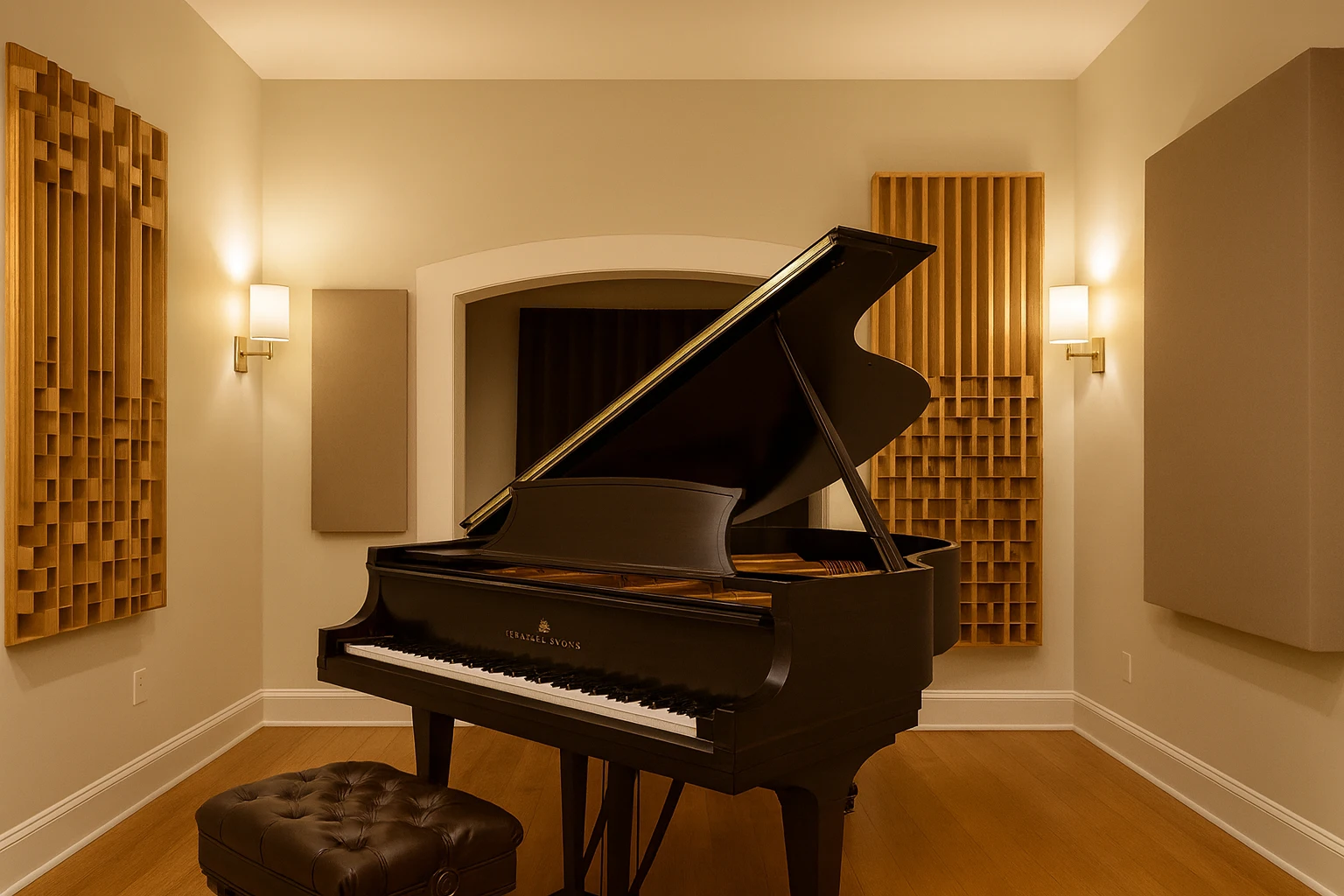When you’re just starting out, it can be discouraging to have to practice everything you’re working on at a slow speed. All you need is a metronome and a little bit of time. If you don’t already have a metronome, you can download a metronome app on your phone. A great app is called Tonal Energy, which has both a metronome and tuner. With these practice methods, you’ll be playing at tempo in no time!
Chunking
While “chunking” isn’t a glamorous name, it’s an incredibly effective practice method. Chose a “chunk” of the music that you’d like to work on. It should be a small section, no more than eight measures. An ideal chunk is one to two measures. Turn on your metronome to a speed you can play that section at comfortably, and with no mistakes. Play the chunk until you know you can do it absolutely perfectly. Next, increase the speed by a few clicks. If you start at 60 bpm, increase to 65 bpm, then 70, 75, and so on. When you reach the fastest speed you can play the passage with no mistakes, add in the surrounding measures. Start two bars before and finish two bars after the chunk you’ve been working on, and you’ll see that you’ve increased your speed in only a few minutes!
Changing the Rhythm
Now that you’ve increased your speed, you begin to notice that some notes may be more difficult to play than others. A good practice method to avoid tripping over those notes is to change up the rhythm. This doesn’t mean re-write the music, but try playing the music in a way you haven’t before. For this example, let’s imagine the passage giving you difficulty is one measure of 16th notes. First, play the measure as it is, very slowly. Then, play it and hold the first note of each group of 16ths before going on to the next three notes. After that, play the first note, hold the second note, and play the third and fourth notes. Continue this pattern; hold the third note, then hold the fourth. Practicing like this helps your brain get used to the correct notes, and breaks down the passage so it’s not so daunting. Finally, play all the notes as they are written.

Changing the Articulation
Similar to the previous practice method, changing the articulation of a passage can make it much easier to learn. Again, take a small chunk of the piece, and practice it all slurred to start. Next, play it with every note articulated staccato. Then, take some freedom and experiment with different articulations. Be creative and have some fun with it! When you finally go back to the written articulation, you’ll find that the section is easier to play, and you may now have more agility.
Becoming More Precise
A very easy practice method for becoming a precise player is to use your metronome on the subdivision. Each beat can be divided in half, quarters, eighths, etc. Half of one quarter note becomes an 8th note, and half of that becomes a 16th, and so on. It can be a lot of fun to practice with the smallest subdivision playing. If the fastest note you play in a piece is a 16th note, then leave your metronome playing 16ths the entire time you’re practicing. Take a passage and play it slowly. Really listen to the metronome and make sure that you play every single 16th note in line with the beat. Not only will this develop your ear, but you’ll begin to hear discrepancies in your fingers/voice/bowing that cause you to not line up with the metronome. As with chunking, slowly increase your speed, and you’ll be amazed at how fast you can play!

Practice for an Audience
Have you ever been able to play something perfectly at home, then fallen apart when asked to play in front of your teacher? A great practice method to end that once and for all is to always practice with an audience. Play for your parents, your friends, your cat, and anyone else who will listen to you. If no one is around, record yourself! Try to recreate a performance setting, or any anxiety-inducing setting that may cause you to not play at your best level. If you find yourself feeling very nervous, sweaty, and out of breath while performing, then practice doing jumping jacks or running up the stairs before playing that difficult passage you’ve been working to perfect. When you play for a real audience again, you won’t be phased!Armed with those practice methods, you should be able to learn to play anything, at any speed, for anyone. Remember that your metronome is your friend, and that playing slowly is the key to playing fast!
.svg)
.svg)
.svg)
.svg)
.svg)
.svg)





.svg)